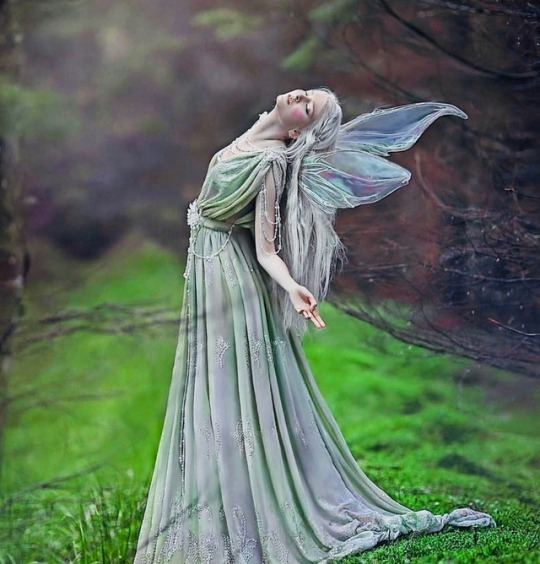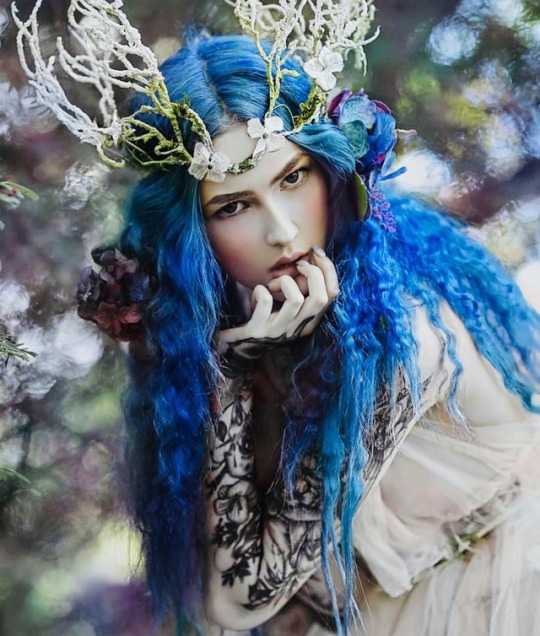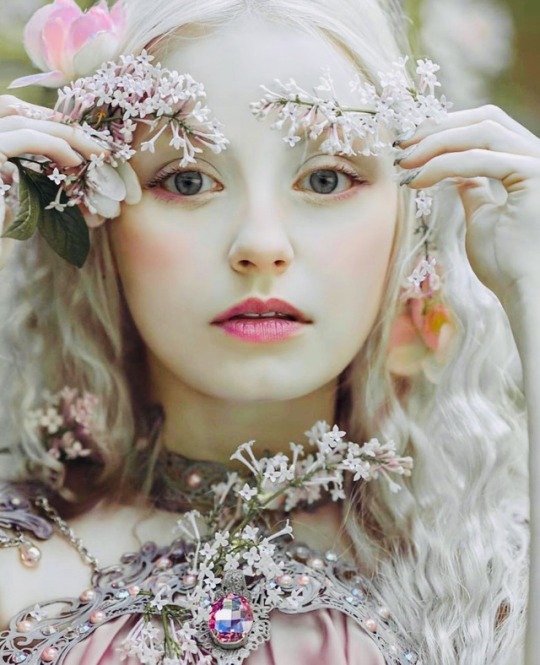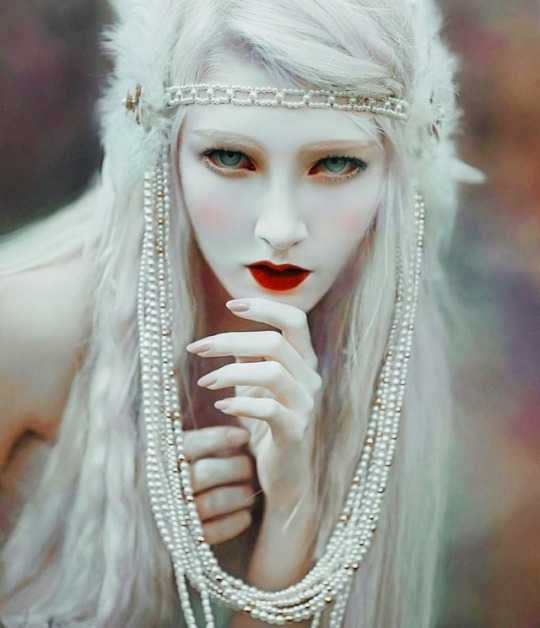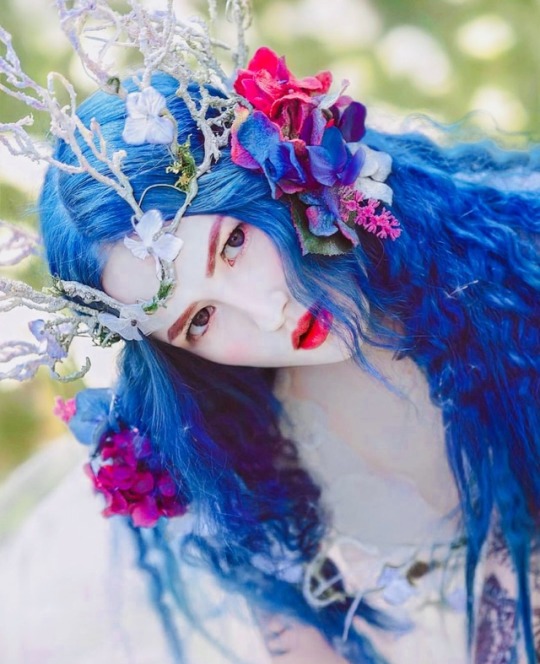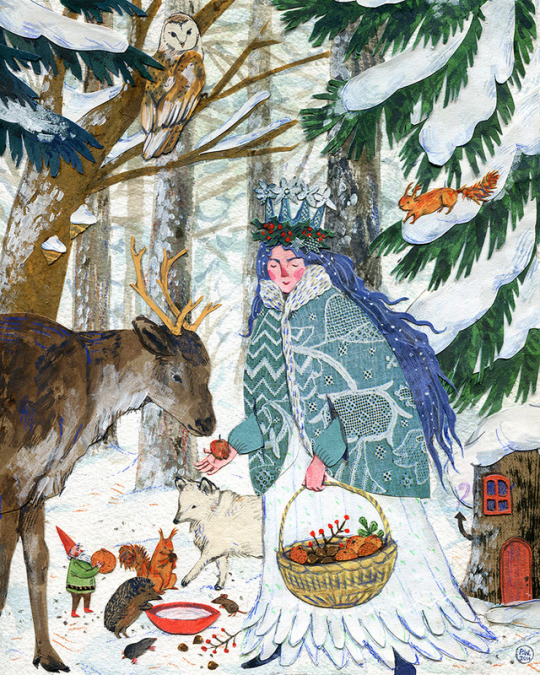Photo



Sirens: In Greek mythology, the Sirens (Greek singular: Σειρήν Seirēn; Greek plural: Σειρῆνες Seirēnes) were dangerous creatures, who lured nearby sailors with their enchanting music and voices to shipwreck on the rocky coast of their island.
“It is strange and beautiful that Homer should make the Sirens appeal to the spirit, not to the flesh." The siren song is a promise to Odysseus of mantic truths; with a false promise that he will live to tell them.
2K notes
·
View notes
Photo

Beings of myth; Sirens, Seirēnes
“I am a siren, a mermaid; I know that I am beautiful while basking on the ocean’s waves and I know that I can eat flesh and bones at the bottom of the sea.”
― C. JoyBell C.
4K notes
·
View notes
Photo

Time for a Merry VIKING Christmas and a BADASS new year!
3K notes
·
View notes
Photo

Christmas warrior
17 notes
·
View notes
Photo

Source: https://www.pinterest.com/maryandrada123/fantastic-fantasy-/
2K notes
·
View notes
Text

this is the money dog, repost in the next 24 hours and money will come your way!!
3M notes
·
View notes
Link
0 notes
Text
Yule - Winter Solstice
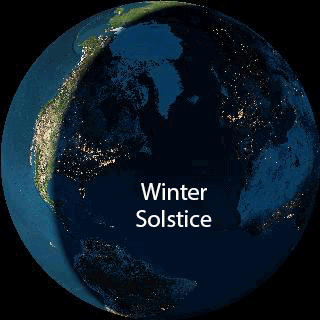
Yule is also a celebration of the birth of the Sun King and nature’s renewal. We practice sympathetic magick by lighting fires or candles to encourage the sun to grow stronger.
This is a time of new beginnings both physically and spiritually, the wheel of the year has made a complete circle. The darkest night of winter is a good time for self-examination and discovering the “seeds” of spiritual growth or hindrance which are lying dormant within us.
The Winter Solstice is the turning point in the natural cycle of the year, this darkest night in all the year is followed by a day that will dawn just a little earlier!
So, what exactly is Yule?
Yule takes place on the day of the winter solstice, around December 21 in the northern hemisphere (below the equator, the winter solstice falls around June 21). On that day (or close to it), an amazing thing happens in the sky. The earth’s axis tilts away from the sun in the Northern Hemisphere, and the sun reaches its greatest distance from the equatorial plane.
Many cultures have winter festivals that are in fact celebrations of light.
In addition to Christmas, there’s Hanukkah with its brightly lit menorahs, Kwanzaa candles, and any number of other holidays. As a festival of the Sun, the most important part of any Yule celebration is light – candles, bonfires, and more.
While it may be mostly Pagans who celebrate the Yule holiday today, nearly all cultures and faiths have held some sort of winter solstice celebration or festival. Because of the theme of endless birth, life, death, and rebirth, the time of the solstice is often associated with deity and other legendary figures. No matter which path you follow, chances are good that one of your gods or goddesses has a winter solstice connection.
Alcyone (Greek): Alcyone is the Kingfisher goddess. She nests every winter for two weeks, and while she does, the wild seas become calm and peaceful.
Ameratasu (Japan): In feudal Japan, worshipers celebrated the return of Ameratasu, the sun goddess, who slept in a cold, remote cave. When the the other gods woke her with a loud celebration, she looked out of the cave and saw an image of herself in a mirror. The other gods convinced her to emerge from her seclusion and return sunlight to the universe.
Baldur (Norse): Baldur is associated with the legend of the mistletoe. His mother, Frigga, honored Baldur and asked all of nature to promise not to harm him. Unfortunately, in her haste, Frigga overlooked the mistletoe plant, so Loki - the resident trickster - took advantage of the opportunity and fooled Baldur’s blind twin, Hodr, into killing him with a spear made of mistletoe. Baldur was later restored to life.
Bona Dea (Roman): This fertility goddess was worshiped in a secret temple on the Aventine hill in Rome, and only women were permitted to attend her rites. Her annual festival was held early in December.
Cailleach Bheur (Celtic): In Scotland, she is also called Beira, the Queen of Winter. She is the hag aspect of the Triple Goddess, and rules the dark days between Samhain and Beltaine.
Demeter (Greek): Through her daughter, Persephone, Demeter is linked strongly to the changing of the seasons and is often connected to the image of the Dark Mother in winter. When Persephone was abducted by Hades, Demeter’s grief caused the earth to die for six months, until her daughter’s return.
Dionysus (Greek): A festival called Brumalia was held every December in honor of Dionysus and his fermented grape wine. The event proved so popular that the Romans adopted it as well in their celebrations of Bacchus.
Frau Holle (Norse): Frau Holle appears in many different forms in Scandinavian mythology and legend. She is associated with both the evergreen plants of the Yule season, and with snowfall, which is said to be Frau Holle shaking out her feathery mattresses.
Frigga (Norse): Frigga honored her son, Baldur, by asking all of nature not to harm him, but in her haste overlooked the mistletoe plant. Loki fooled Baldur’s blind twin, Hodr, into killing him with a spear made of mistletoe but Odin later restored him to life. As thanks, Frigga declared that mistletoe must be regarded as a plant of love, rather than death.
Hodr (Norse): Hodr, sometimes called Hod, was the twin brother of Baldur, and the Norse god of darkness and winter. He also happened to be blind, and appears a few times in the Norse Skaldic poetry. When he kills his brother, Hodr sets in motion the string of events leading to Ragnarok, the end of the world.
Holly King (British/Celtic): The Holly King is a figure found in British tales and folklore. He is similar to the Green Man, the archetype of the forest. In modern Pagan religion, the Holly King battles the Oak King for supremacy throughout the year. At the winter solstice, the Holly King is defeated.
Horus (Egyptian): Horus was one of the solar deities of the ancient Egyptians. He rose and set every day, and is often associated with Nut, the sky god. Horus later became connected with another sun god, Ra.
La Befana (Italian): This character from Italian folklore is similar to St. Nicholas, in that she flies around delivering candy to well-behaved children in early January. She is depicted as an old woman on a broomstick, wearing a black shawl.
Lord of Misrule (British): The custom of appointing a Lord of Misrule to preside over winter holiday festivities actually has its roots in antiquity, during the Roman week of Saturnalia.
Mithras (Roman): Mithras was celebrated as part of a mystery religion in ancient Rome. He was a god of the sun, who was born around the time of the winter solstice and then experienced a resurrection around the spring equinox.
Odin (Norse): In some legends, Odin bestowed gifts at Yuletide upon his people, riding a magical flying horse across the sky. This legend may have combined with that of St. Nicholas to create the modern Santa Claus.
Saturn (Roman): Every December, the Romans threw a week-long celebration of debauchery and fun, called Saturnalia in honor of their agricultural god, Saturn. Roles were reversed, and slaves became the masters, at least temporarily. This is where the tradition of the Lord of Misrule originated.
Spider Woman (Hopi): Soyal is the Hopi festival of the winter solstice. It honors the Spider Woman and the Hawk Maiden, and celebrates the sun’s victory over winter’s darkness.
Four thousand years ago, the Ancient Egyptians took the time to celebrate the daily rebirth of Ra, the god of the Sun.
As their culture flourished and spread throughout Mesopotamia, other civilizations decided to get in on the sun-welcoming action. They found that things went really well… until the weather got cooler, and crops began to die. Each year, this cycle of birth, death, and rebirth took place, and they began to realize that every year after a period of cold and darkness, the Sun did indeed return.
In some traditions of Wicca and Paganism, the Yule celebration comes from the Celtic legend of the battle between the young Oak King and the Holly King. The Oak King, representing the light of the new year, tries each year to usurp the old Holly King, who is the symbol of darkness. Re-enactment of the battle is popular in some Wiccan rituals.
What are your thoughts on Yule? How will you celebrate? Reblog and share your thoughts!
☽ All-Things-Witchcraft ☾
778 notes
·
View notes
Photo


A 1907 painting of St. Nicholas by famous folklore artist Arthur Rackham. Note the Goblin-like Elves.
44 notes
·
View notes










